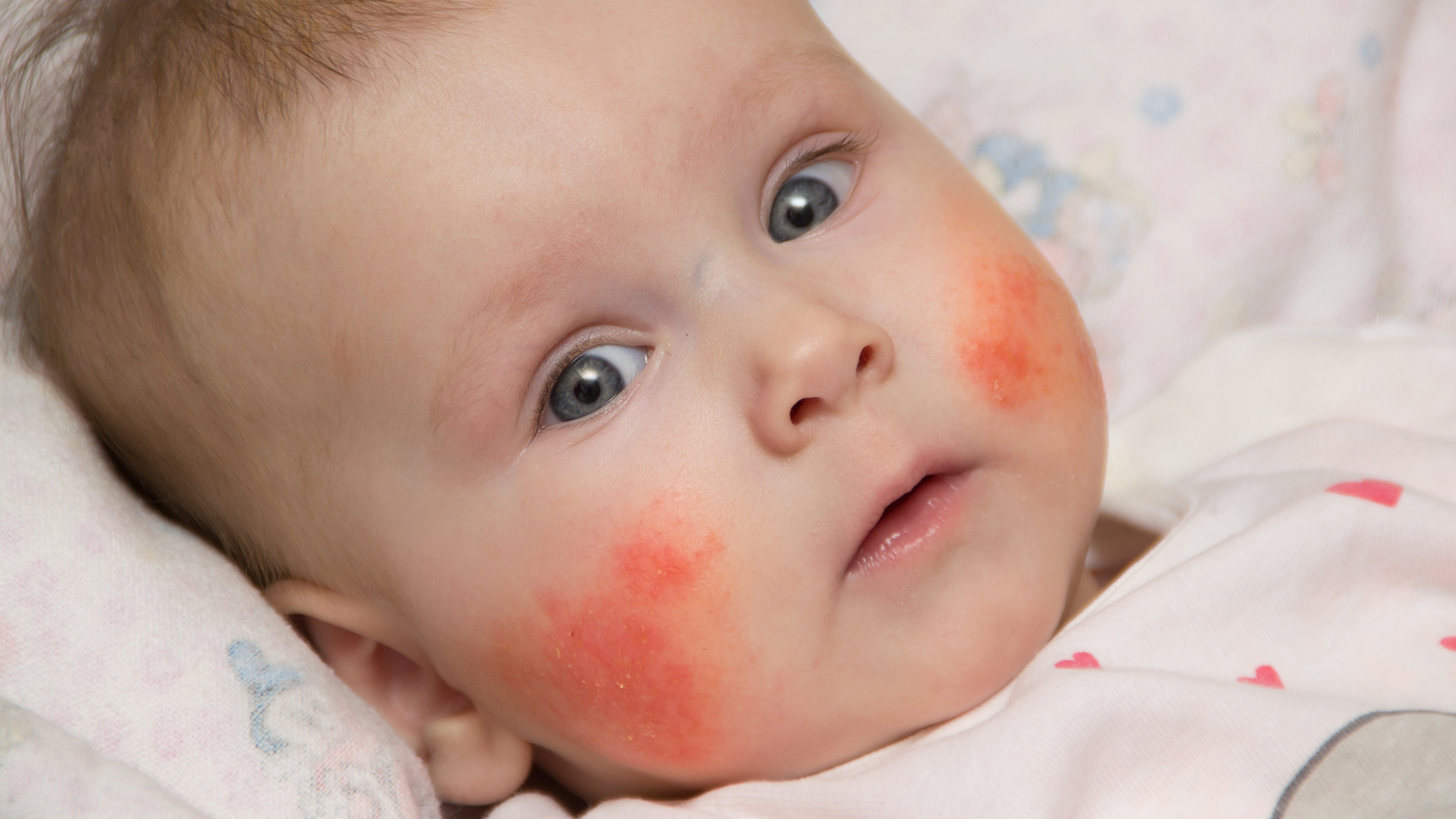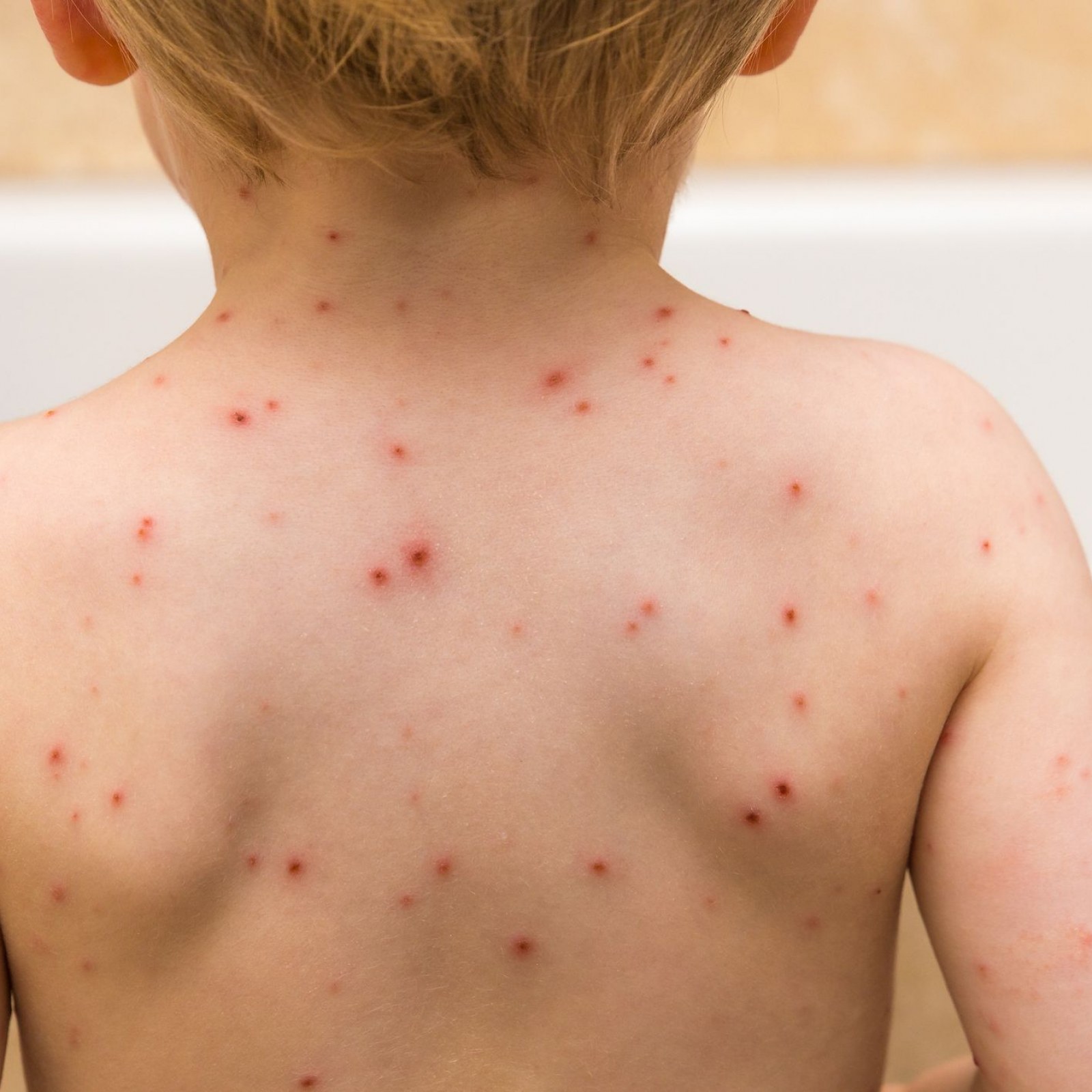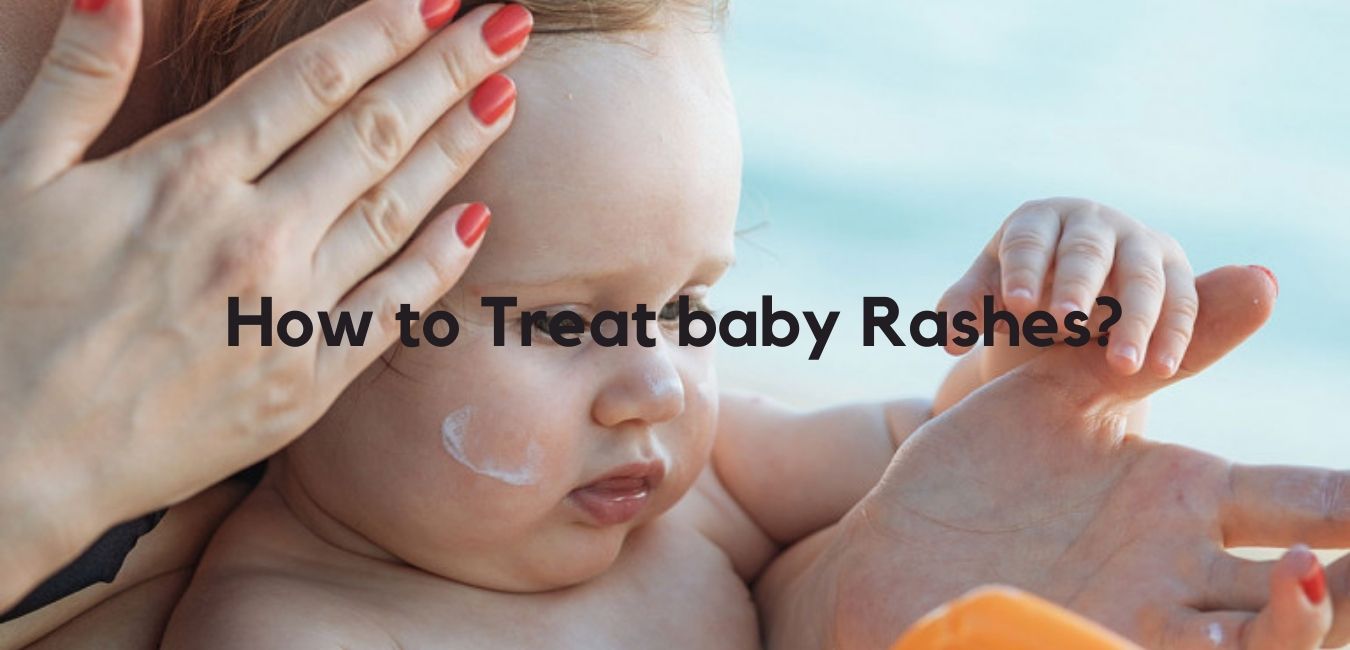How to treat baby rashes? There are several causes of baby rashes. It is imperative to determine the underlying cause and seek treatment accordingly.
1. Heat Rash:
Heat rashes are characterized by red bumps and itchiness on the skin. The condition is most common in newborns as their sweat glands don’t function properly. Applying oil or lotion on the affected area will only cause it to become more susceptible to heat rash.
They can also worsen inflammation and thus should be avoided. However, you need to cool down your baby’s body with wet cloths as this reduces sweating and brings down the temperature of the skin which helps soothe the baby’s discomfort.
2. Eczema:
Eczema is a skin condition that leads to dry, itchy, and inflamed skin. It is common in babies as their skin is still developing. In most cases, eczema clears up on its own by the time the baby reaches school-age.

However, in some cases, it may persist or worsen. If your baby has eczema, it’s important to keep the skin well moisturized. You can apply an ointment or cream that contains petroleum jelly or an emollient like ceramides, which help lock in moisture.
3. Cradle Cap:
Cradle cap is a common condition that affects a baby’s scalp. It begins as small patches of dry, peeling skin on the baby’s head. The patches are usually red, scaly, and have crusty yellow or white scales on top. The cradle cap doesn’t cause itchiness but can be very itchy for some babies due to irritation.
4. Diaper Rash:
Diaper rashes are caused by prolonged contact with wetness. The longer your baby stays in a wet diaper, the greater the chances of getting diaper rash. Wearing loose-fitting diapers may help prevent rashes from forming.

But it may also depend on the type of diaper and the baby’s skin sensitivity. If your baby has a diaper rash, try changing their diaper more frequently and using a barrier ointment or cream to protect the skin.
5. Allergic Reaction:
Allergic reactions can occur when a baby rash is exposed to something they are allergic to, such as milk, eggs, nuts, soy, wheat, or pet dander. Babies’ skin is often extra-sensitive and can easily become irritated.
Symptoms of an allergic reaction include redness, itchiness, swelling, and blistering. If you think your baby may be having an allergic reaction, seek medical help right away. Treatment usually involves corticosteroid creams and antihistamines.
6. Shingles in babies:
Shingle is a viral infection that causes painful rashes. It is most commonly seen in adults, but can also occur in babies. The shingles rash typically appears as a band of blisters on one side of the body.

If you think your baby may have shingles, seek medical help right away. Shingles are treated with antiviral medications.
Conclusion:
If you are unsure about the cause of your baby’s rash, it is best to consult your pediatrician for treatment advice. Many baby rashes can be easily treated with over-the-counter baby rash creams or ointments.
It is also important to wash your baby’s clothes and bedding in hot water. As infection can be spread through contaminated items. for more interesting facts and information visit us
